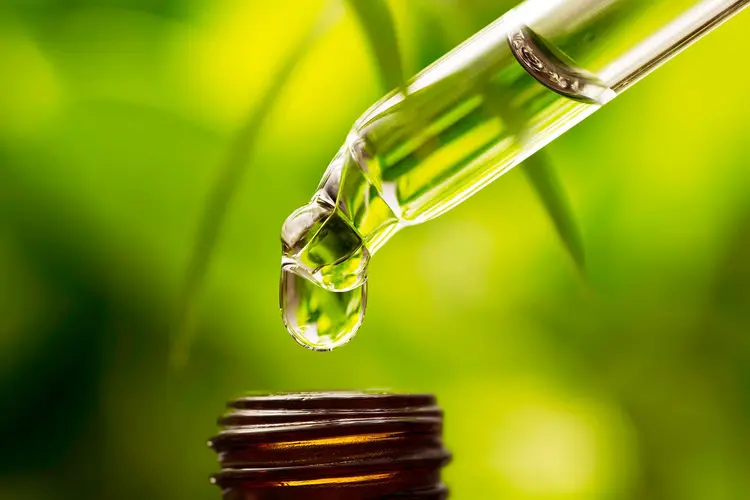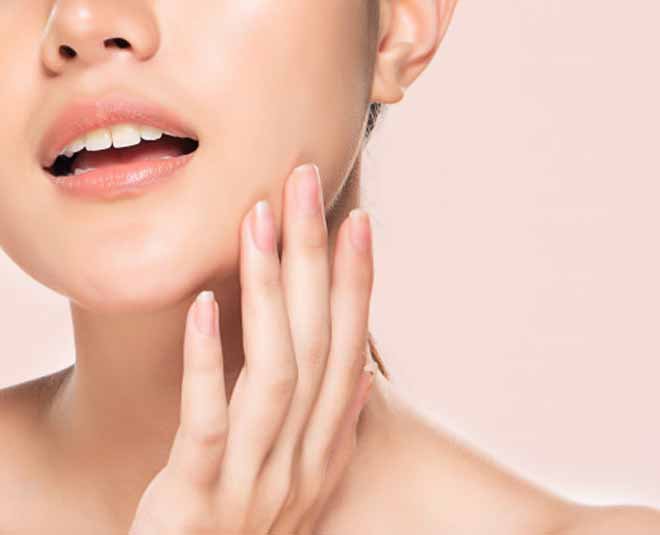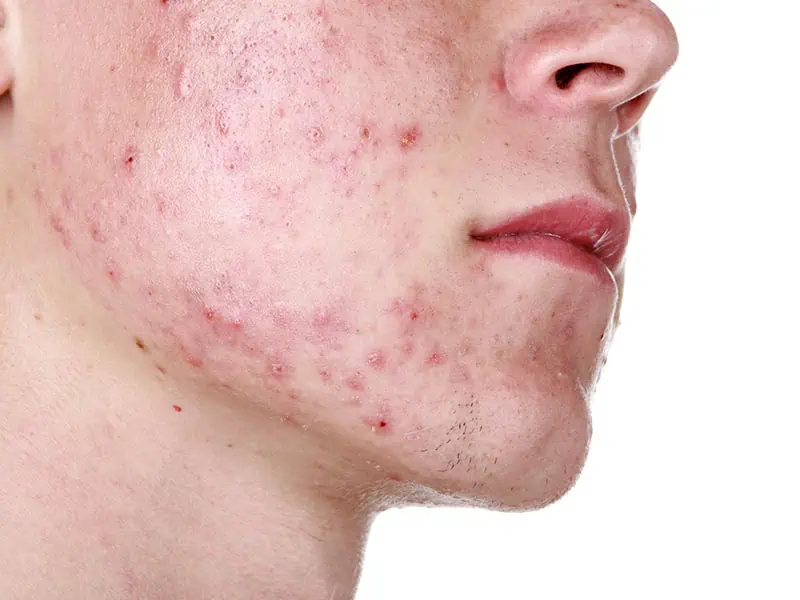Essential oils have been used for centuries as powerful natural remedies for enhancing health, beauty, and emotional well-being. Among them, Ylang Ylang oil stands out for its captivating floral fragrance and impressive therapeutic properties. Extracted from the delicate star-shaped flowers of the Cananga odorata tree, native to Southeast Asia, Ylang Ylang oil is prized not only for its enchanting scent but also for its ability to balance the mind, rejuvenate the body, and uplift the spirit.
In traditional medicine, Ylang Ylang has long been valued for calming nerves, reducing stress, and improving skin and hair health. Today, modern aromatherapy and holistic practices continue to harness its wide-ranging benefits. Whether you are seeking emotional balance, physical healing, or natural beauty solutions, Ylang Ylang oil can be a versatile and effective companion.
In this post, Kanha Nature Oils will examine nine incredible mental and physical health benefits of ylang ylang oil that are supported by custom, research, and real-world applications.
1. Reduces Stress and Anxiety
One of the most remarkable benefits of Ylang Ylang oil is its ability to calm the nervous system and ease feelings of stress and anxiety. Its soothing floral aroma has a direct effect on the limbic system of the brain, which regulates emotions and mood. Inhaling Ylang Ylang oil through aromatherapy can lower cortisol levels, reduce blood pressure, and promote a sense of inner peace.
How to Use:
Add a few drops to a diffuser before bedtime to relax your mind.
Mix with a carrier oil and massage onto your temples or wrists when feeling anxious.
By helping you unwind, Ylang Ylang oil provides a natural and holistic alternative to managing daily stress.
2. Boosts Mood and Emotional Well-being
Beyond reducing stress, Ylang Ylang is renowned for its uplifting properties. Often called the “oil of joy,” it helps combat feelings of sadness, irritability, and low energy. Its sweet, exotic fragrance stimulates the release of endorphins, creating feelings of happiness and positivity.
In aromatherapy, Ylang Ylang is often blended with citrus oils like bergamot or sweet orange to enhance its mood-boosting effects. This makes it an excellent choice for combating emotional fatigue or seasonal blues.
How to Use:
Create a homemade “happy blend” with Ylang Ylang and citrus oils in a diffuser.
Add a drop to your bathwater for a luxurious, mood-enhancing soak.
3. Enhances Sleep Quality
Insomnia and restless nights are common struggles in today’s fast-paced world. Ylang Ylang oil acts as a natural sedative, helping the mind and body relax into deep, restorative sleep. Its calming effects reduce overthinking and quiet the nervous system, making it easier to drift off naturally.
Several studies suggest that inhaling Ylang Ylang oil before bedtime may improve sleep patterns and reduce disturbances during the night.
How to Use:
Diffuse Ylang Ylang oil in your bedroom 30 minutes before sleep.
Apply a diluted blend to your pillow or pulse points for overnight relaxation.
4. Lifestyle Changes to Support heart health
Ylang Ylang oil not only soothes the mind but also benefits the heart. Research has shown that it helps lower blood pressure, reduce rapid heartbeat, and improve circulation. Its calming properties reduce the strain on the cardiovascular system caused by chronic stress and anxiety.
This makes Ylang Ylang particularly beneficial for individuals with hypertension or those looking to maintain a healthy heart naturally.
How to Use:
Add a few drops to massage oil and gently rub over the chest area.
Inhale deeply from a diffuser when feeling tense or experiencing palpitations.
5. Improves Skin Health
When it comes to skincare, Ylang Ylang oil is a powerhouse. It has natural antiseptic, antimicrobial, and anti-inflammatory properties that make it useful for treating a wide range of skin issues, from acne and blemishes to irritation and dryness.
It helps regulate sebum production, making it ideal for both oily and dry skin types. Regular use can promote clearer, healthier, and more radiant skin. Its natural antioxidants also slow down the appearance of fine lines and wrinkles, giving skin a youthful glow.
How to Use:
Mix 2–3 drops with your daily moisturizer or face oil.
Add to a clay mask for acne-prone skin.
6. Strengthens and Nourishes Hair
Ylang Ylang oil has traditionally been used in hair care, especially in Asia, where it is believed to stimulate hair growth and prevent thinning. It nourishes the scalp, improves circulation, and strengthens hair follicles, reducing breakage and dryness.
Its natural conditioning properties also make it an excellent treatment for dull, brittle, or frizzy hair. Many natural shampoos and conditioners include Ylang Ylang as a key ingredient.
How to Use:
Mix a few drops with coconut or jojoba oil and massage into the scalp.
Add to your shampoo or conditioner for extra shine and hydration.
7. Eases Muscle Tension and Pain
Thanks to its natural analgesic and anti-inflammatory properties, Ylang Ylang oil can provide relief from muscle aches, spasms, and tension. When applied topically with a carrier essential oil, it helps relax stiff muscles and improves circulation, speeding up recovery.
It is also effective for relieving headaches caused by stress or tension.
How to Use:
Dilute with a carrier oil and massage sore muscles.
Apply to temples and neck for stress-induced headaches.
8. Promotes Hormonal Balance
Hormonal imbalances can lead to mood swings, fatigue, and irregular menstrual cycles. Ylang Ylang oil is believed to support the endocrine system, which regulates hormone production. Women often use it to relieve premenstrual syndrome (PMS) symptoms such as irritability, cramps, and low energy.
By promoting balance, it can also help regulate emotions and improve overall well-being during different phases of life.
How to Use:
Diffuse Ylang Ylang oil during your menstrual cycle for emotional support.
Blend with lavender and apply diluted oil to the abdomen for cramp relief.
9. Boosts Confidence and Creativity
Last but not least, Ylang Ylang oil is an excellent tool for boosting confidence and unlocking creativity. Its intoxicating fragrance reduces feelings of self-doubt and fear, replacing them with a sense of empowerment and positivity.
Artists, writers, and performers often use Ylang Ylang oil to inspire creativity and enhance focus while working on projects.
How to Use:
Diffuse in your workspace to encourage inspiration.
Wear as a natural perfume to carry confidence throughout the day.
Safety Precautions
While Ylang Ylang oil offers incredible benefits, it is important to use it responsibly:
Always dilute with a carrier oil before applying to the skin.
Perform a patch test to avoid allergic reactions.
Avoid excessive use, as its strong aroma may cause headaches or nausea in sensitive individuals.
Pregnant and breastfeeding women should consult a healthcare provider before use.
ESSENTIAL OILS IN AROMATHERAPY
Conclusion
Ylang Ylang oil is truly one of nature’s most versatile gifts. From calming the mind and boosting mood to rejuvenating the skin and promoting heart health, its benefits span across mental, physical, and emotional well-being. Its intoxicating fragrance makes it not only a powerful therapeutic oil but also a natural luxury for everyday life.
Whether you choose to diffuse it for relaxation, blend it into your skincare routine, or use it as a natural aphrodisiac, Ylang Ylang oil has the power to transform your mind and body. Incorporating this exotic essential oil into your lifestyle can bring balance, beauty, and bliss in ways that are both simple and profound.
Whether you use ylang ylang oil to uplift your spirit, heal your body, or enhance your self-care rituals,
Click Hare….. 👉 https://kanhanatureoils.com/?s=Ylang+oil&post_type=product&dgwt_wcas=1
You May Also Like:
- Peppermint Oil Uses You Can Try Today for a Healthier Lifestyle
- How Oregano Oil Benefits Can Support Natural Healing
- Ginger Oil for Skin Care—Benefits and Uses You Should Know
Kanha Nature Oils
For more information contact: info@aromatherapyoil.in
Mobile Number: 9810805866










.png)














